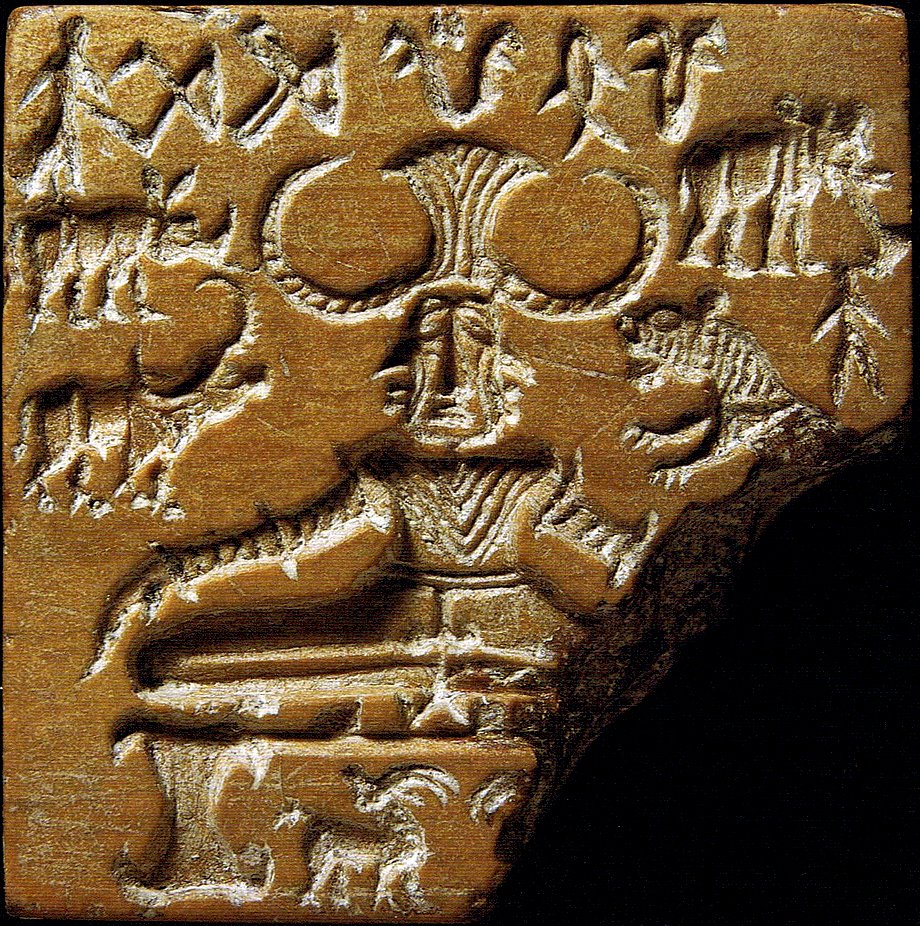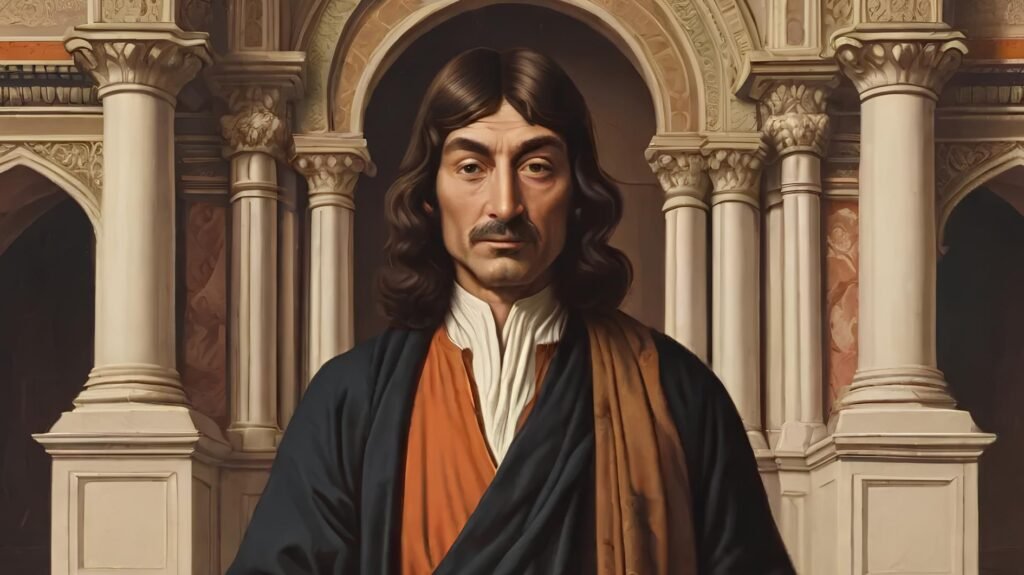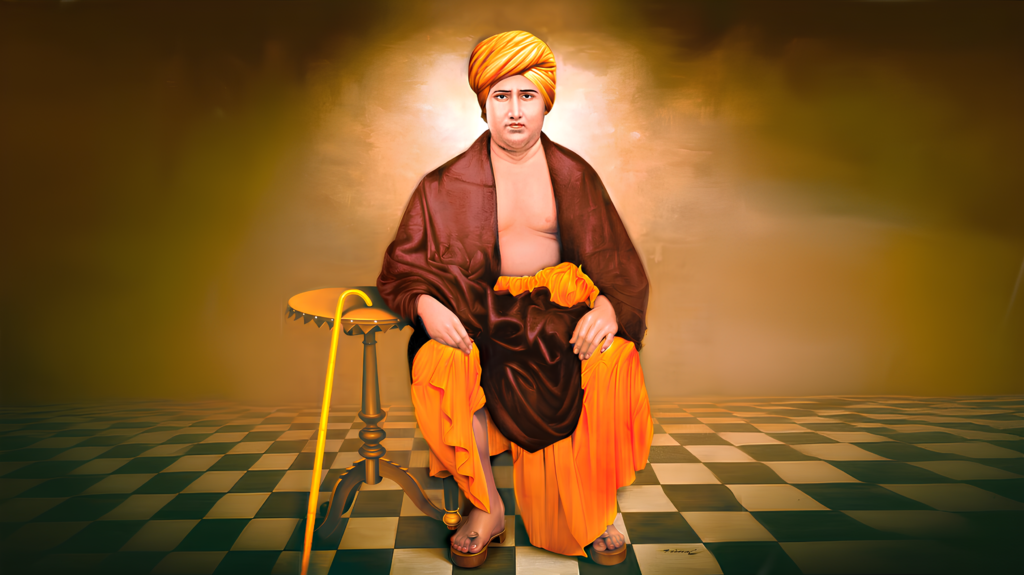Kashmiri Shaivism: Discovering the Heart of Shiva Worship

- Kashmiri Shaivism: Discovering the Heart of Shiva Worship
Namaste Shiksharthis! Hindus worship Lord Shiva with deep devotion. They fast, pray, and follow rituals passed down from their ancestors. But have you ever wondered why we do these things? What is the true meaning behind these practices? In this article, we’ll explore the story of Shaivism, a tradition dedicated to Lord Shiva. We’ll travel back in time to understand its origins, learn about the different paths within Shaivism, and discover the powerful philosophy that connects us with Shiva. Let’s begin this journey together.
The Beginning of Shaivism: A Story Passed Through Time
Imagine going back thousands of years, to a time when the first people began to worship Lord Shiva. They lived near rivers, in places like the Indus Valley, where ancient cities once stood. We can find the evidence of Shiva worship in the IVC.

The Pashupati seal discovered during excavation of the Indus Valley archaeological site of Mohenjo-Daro. Circa 2350-2000 BCE.

A hypothetical lingam from Mohenjo Daro.
As time went on, the stories and practices of Shiva worship were passed from generation to generation, spreading across India. Different regions began to develop their own ways of honoring Shiva, leading to the birth of Shaivism—a tradition that focuses on the worship of Lord Shiva.
This tradition became a guiding light for many, helping people connect with the divine through prayer, meditation, and spiritual practices. But Shaivism isn’t just one single path. It has branched out into different streams, each with its own unique teachings and stories.
The Three Paths of Shaivism: Karnataka, Tamil Nadu, and Kashmir
As Shaivism spread across India, it took on different forms in different regions. Let’s take a journey to three special places—Karnataka, Tamil Nadu, and Kashmir—where three distinct paths of Shaivism developed.
Veerashaivism: The Devotees of Karnataka
First, let’s travel to Karnataka, a region in southern India. Here, the followers of Shaivism became known as Veerashaivas, or Lingayats. They wore a small linga (a symbol of Shiva) around their necks, believing it represented the entire universe. For them, Shiva wasn’t just a distant god; he was their constant companion, guiding them through life.
Shaiva Siddhanta: The Believers of Tamil Nadu
Next, we head to Tamil Nadu, another southern state. In this region, Shaiva Siddhanta took root. This path taught that the soul (Pasu) and Lord Shiva (Pati) are separate, but the soul is always longing to unite with Shiva. This belief shaped their rituals, prayers, and temples, creating a deeply spiritual culture that is still alive today.
Advaita Shaivism: The Mystics of Kashmir
Finally, we journey north to the beautiful valleys of Kashmir. Here, a special form of Shaivism known as Advaita Shaivism, or Pratyabhijna, flourished. Unlike the other paths, Advaita Shaivism taught that the soul and Shiva are not separate at all—they are one and the same. This philosophy is like a secret map, showing the way to realizing that deep inside, we are all connected with Shiva.
If you want to learn more about the Advaita Shaiva Philosophy, you can watch our YouTube video here and if you want an in- depth knowledge for the same you can enroll in our Advait Shaiva Philosophy course from here.
The Mystical Teachings of Kashmiri Shaivism
How the Teachings Were Passed Down
In the old days, the teachings of Kashmiri Shaivism weren’t written down in books at first. Instead, they were shared through stories and conversations between teachers and students. Eventually, these teachings were written down in sacred texts so that future generations could learn from them. But even then, the focus remained on experiencing the truth for yourself, rather than just reading about it.
The Sacred Books of Kashmiri Shaivism
Kashmiri Shaivism has three main types of sacred texts:
1. Agama – These are like the original words of wisdom, directly revealed to the ancient sages. They include texts like the Vijnanabhairava and the Shiva Sutras.
2. Spanda – These texts explain the Agamas and help people understand the teachings more deeply. The Spandakarika is a key text in this category.
3. Pratyabhijna – These are more logical and detailed explanations, making the teachings clear for those who like to think deeply. Shivadrishti and Ishvarapratyabhijna are some of the important texts here.
One of the greatest thinkers of Kashmiri Shaivism was Abhinavagupta. He wrote many books that helped explain these teachings in a way that was both deep and understandable. His works are still studied by those who want to learn the true essence of this path.
The Secret of Aham-Idam: The “I” and “This”
Now, let’s uncover one of the most important ideas in Kashmiri Shaivism—the concept of Aham-Idam. These words mean “I” and “This,” and they are used to describe the relationship between the individual soul and the universe.
Imagine you’re standing on a hill, looking out at the vast landscape. At first, you might feel separate from everything around you. You’re the “I,” and the world is “This.” But in the highest understanding of Shaivism, this separation disappears. You realize that the “I” and “This” are actually one—just like how a drop of water is part of the ocean.
In this state of unity, known as Aham-Idam, there is no difference between you and the world. You are everything, and everything is you. This is the ultimate truth that Kashmiri Shaivism teaches.
But before reaching this understanding, the soul goes through different stages:
1. Maheshwara State – Here, the unity is just slightly disturbed, but there is still a sense of balance.
2. Sadashiva State – At this stage, the soul starts to feel more like the “I” and less like the “This.”
3. Ishwara State – Now, the soul sees the world as separate and says, “This is I.”
Eventually, the illusion of separation (called Maya) takes over, and the soul begins to forget its true nature. But through the teachings of Shaivism, one can rediscover the unity of *Aham-Idam* and experience the oneness with Shiva.
Conclusion: Connecting with Shiva’s Essence
Shaivism, especially the mystical teachings of Kashmiri Advaita Shaivism, offers us a path to realize that Shiva is not separate from us—he is within us, and we are within him.
By exploring the stories and teachings of Shaivism, we can deepen our spiritual practice and come closer to experiencing the true essence of Lord Shiva. As you continue your journey this Shravan, let this understanding guide you, helping you see the world with new eyes and a heart full of devotion.
May the blessings of Lord Shiva be with you on this sacred journey. Namaste.


